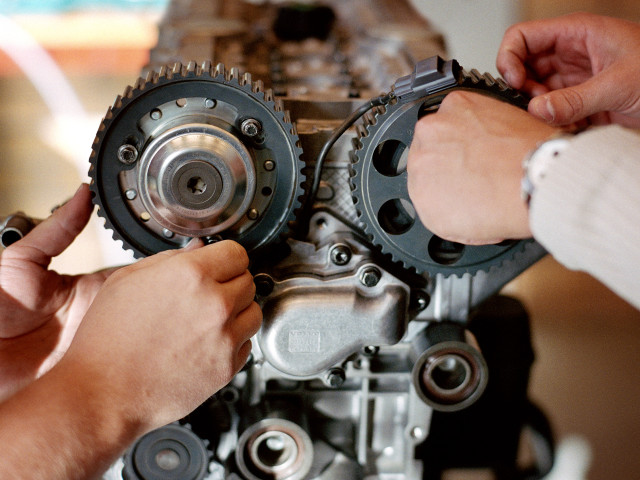Machine design is a generic term for design of different types of products, everything from complex composite machines, e.g. cars to simple products, e.g. bicycle transmissions, that we come across in our daily life.
To design implies that we should create new solutions for the problems we are facing, in an engineering correct way, i.e. we should solve the right problems, preferably as simply as possible, which also have real, industrial relevance, considering aspects such as finance, energy and environment. As an aid in the design work, we utilise modern computer programs for geometry definition and analysis, but estimates are also important.
The course is a professional or vocational course for you as future design engineer or product designer. The course introduces a JML perspectives on product development in teams, with a distancing from all forms of discrimination.
The course gives knowledge and training in projecting, participating in and leading development work of modern integrated and/or modularised products. Furthermore, you are trained in using computer aided design, simulation and analysis and to communicate technical results orally and in written.
The course is project-based and focuses on the early phases of the product development process. It implies that you will work in a group and focus on a defined project, and plan for and also carry out concept generation and evaluation for the specific project task that your group has been assigned. The course is an applied course, which the implies that previously acquired knowledge from areas such as mechanics, solid mechanics, electrical engineering, product development and design is applied in the work with the current project.
The course includes the early phases of the design process, which implies that the following activities are commonly occurring in the project work.
· Project-based working methods, including project management and follow-up of project plans.
· Development of specification, concept generation and evaluation of concepts. Furthermore, simple physical or digital prototypes should be created for selected product concepts.
· Application of a systematic model-based development process at analysis, simulation and verification of product concepts during the concept phase
Application of principles of ecofriendly design and reflection over
